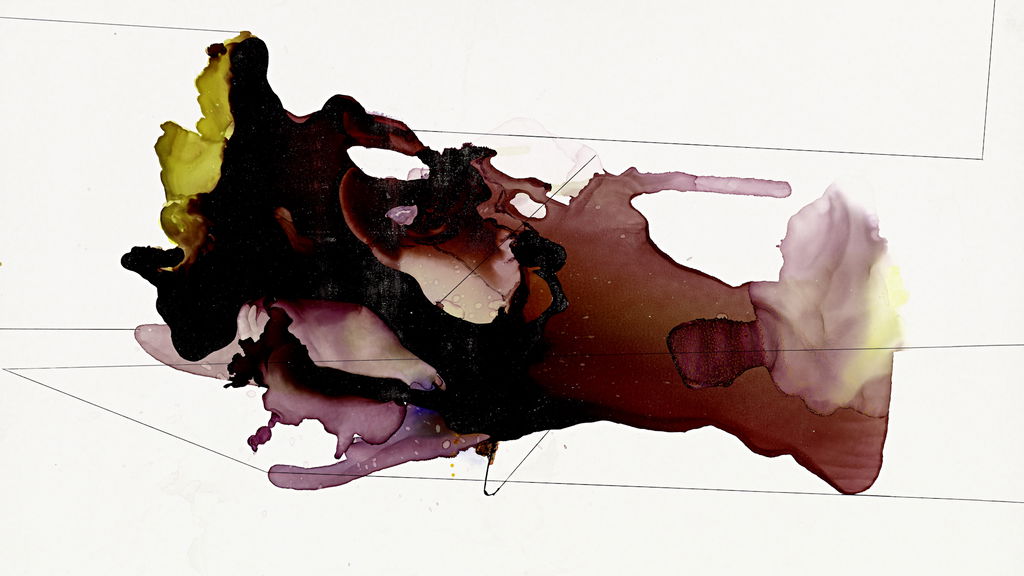Home
Talks
The Art of Liu Xiaodong: Man and Machine
The Art of Liu Xiaodong: Man and Machine
Liu Xiaodong tackles the challenge of portraying emotional sensations in material form. One of China's leading figurative artists, he has always aimed to paint the truth as objectively as possible. But can this ever be completely realised?
With his new series of paintings, Liu uses a machine programmed to capture movement in public spaces and translates this to marks on canvas. The machine has no heart, no desires, no ulterior motive. It does not sleep but obeys its instructions for as long as the artist decides. And yet the results have a strange power to move us. It seems that, despite all efforts, subjectivity can never truly be extinguished.
Join Liu as he discusses this latest painting project, the conflict and changes in Chinese society that have influenced his artistic approach and how we might all be affected by the 'weight of insomnia'.
Time Period:
21st century
Themes:
Liu Xiaodong is a painter of modern life, whose large-scale works serve as a kind of history painting for the emerging world. Liu locates the human dimension to such global issues as population displacement, environmental crisis and economic upheaval, but through carefully orchestrated compositions, he walks the line between artifice and reality. A leading figure among the Chinese Neo-Realist painters to emerge in the 1990s, his adherence to figurative painting amounts to a conceptual stance within a contemporary art context where photographic media dominate. His undertaking 'to see people as they really are' was galvanised in the aftermath of 1989 events and, alert to the legacy of Chinese Socialist Realism, his compositions are painted with loose, casual brushstrokes and layered with meaning.
Liu Xiaodong lives and works in Beijing but has undertaken projects in Japan, Italy, the UK, Cuba and Austria, and closer to home, in Jincheng, in the north-eastern province of Liaoning, China, where he was born in 1963. He has a BFA and an MFA in painting from the Central Academy of Fine Arts, Beijing (1988, 1995), where he now holds tenure as professor. He continued his studies at the Academy of Fine Arts, University of Complutense, Madrid, Spain (1998--99).
Watch More
Watch More

13:12
Rachel Maclean: Cutting Up the Canon of Art History
The male gaze, misogyny, porn. Rachel Maclean discusses issues surrounding female identity in the history of art as tackled in her film ‘Make Me Up’.

15:04
Paul McCarthy: ‘All for the Gut’
Can you stomach Paul McCarthy’s art? Critic Robert Storr makes the case that McCarthy is the ‘critical grotesque’ heir of much canonical satire, drawing comparisons to François Rabelais and James Gillray’s provocations.

25:39
Go Crystal Tears: The Art of Melancholy
A survey into why and how artists have portrayed the melancholic throughout art history, with accompanying lute music.

13:12
Rachel Maclean: Cutting Up the Canon of Art History
The male gaze, misogyny, porn. Rachel Maclean discusses issues surrounding female identity in the history of art as tackled in her film ‘Make Me Up’.

15:04
Paul McCarthy: ‘All for the Gut’
Can you stomach Paul McCarthy’s art? Critic Robert Storr makes the case that McCarthy is the ‘critical grotesque’ heir of much canonical satire, drawing comparisons to François Rabelais and James Gillray’s provocations.

25:39
Go Crystal Tears: The Art of Melancholy
A survey into why and how artists have portrayed the melancholic throughout art history, with accompanying lute music.

17:36
Isabel Rawsthorne Rediscovered: The Poetry in Things
Curator Carol Jacobi shines a light on the career of artist Isabel Rawsthorne (1912 – 1992), “a missing link of 20th century art”.

15:48
Gerhard Richter: Drawings
‘The drawings are traces of a life, creating territories in relation to limits and potentials. Communications transmitted to whoever will regard them.’ — Prof. Michael Newman

8:37
'Swingeing London': Art, Drugs and Wormwood Scrubs
Harriet Vyner discusses the image which symbolised the establishment's backlash to the 'Summer of Love'.